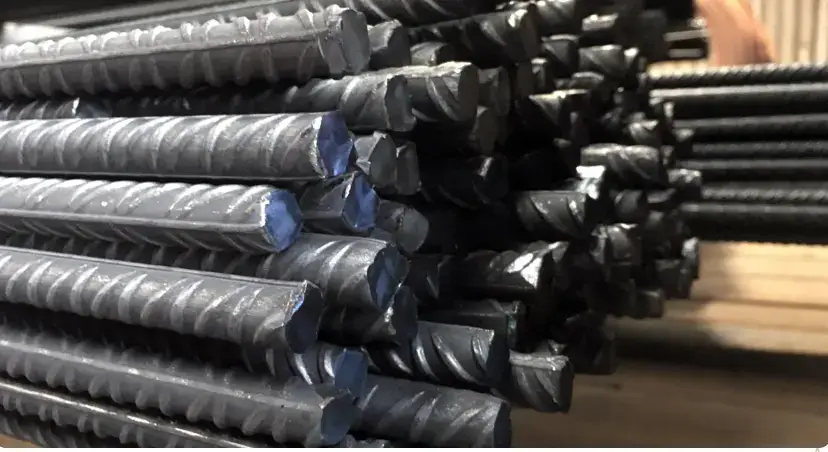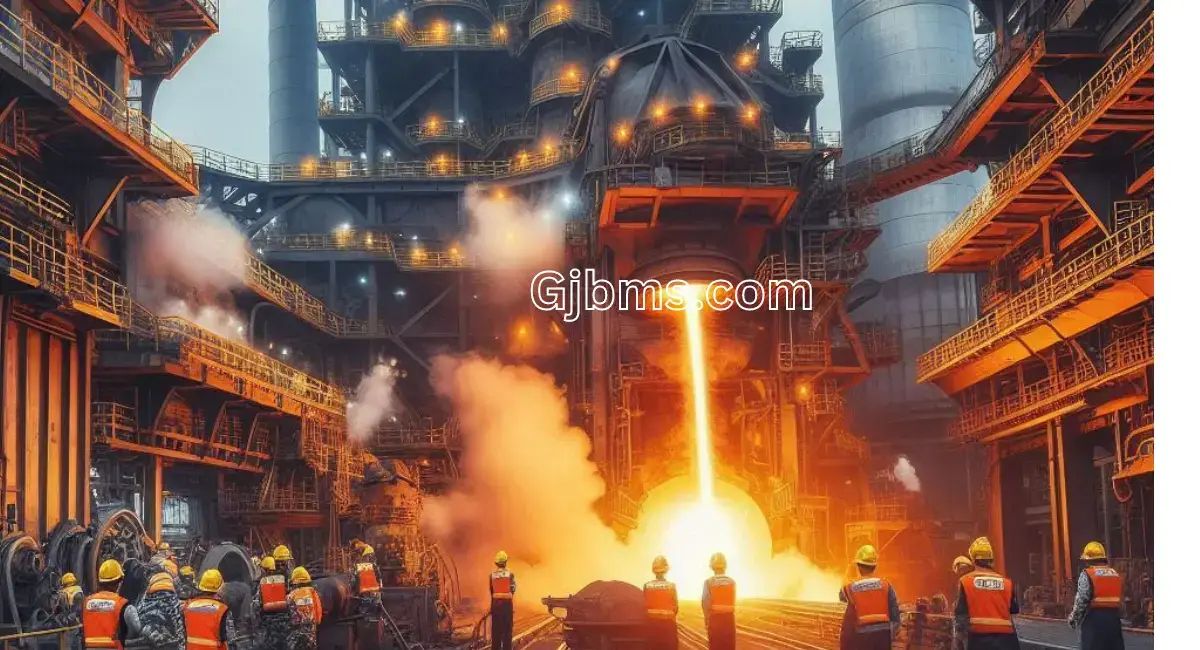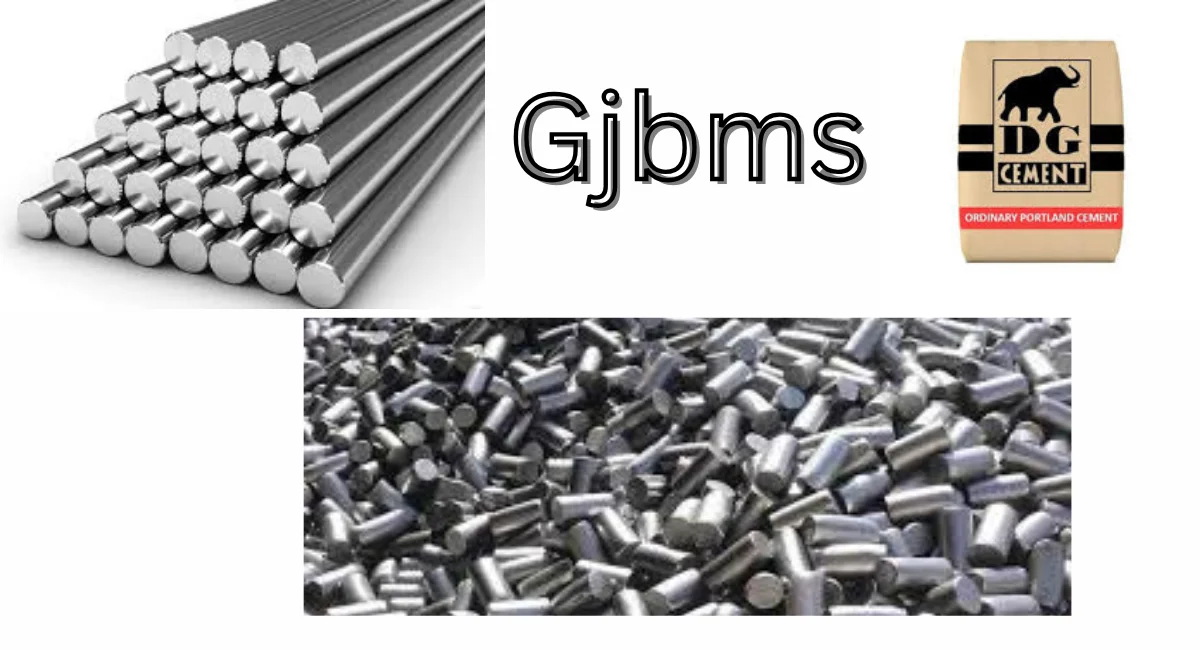Cement, a cornerstone of the construction industry, plays a vital role in infrastructure development. As a contractor, understanding the fluctuations in cement prices is crucial for project planning, cost estimation, and maintaining profitability.
This guide explores the key factors influencing cement prices, strategies to manage price volatility, and best practices for contractors to mitigate financial risks.
Factors Influencing Cement Price Fluctuations
1. Raw Material Costs
Cement production relies heavily on raw materials such as limestone, clay, and gypsum. Variations in the availability or cost of these materials directly impact cement prices.
For instance, a sudden shortage of limestone can lead to increased production costs and higher market prices.
2. Energy Costs
Energy is a significant component of cement production. The industry is energy-intensive, requiring substantial amounts of electricity and fuel.
Fluctuations in global energy prices, particularly coal, natural gas, and oil, can cause cement prices to rise or fall.
3. Transportation Costs
Cement is often transported over long distances, either from manufacturing plants to distribution centers or directly to construction sites.
Changes in fuel prices, road conditions, and logistical challenges can influence transportation costs, ultimately affecting cement prices.
4. Demand and Supply Dynamics
The principles of supply and demand heavily influence cement prices. During peak construction seasons or in regions experiencing a construction boom, demand for cement increases, often driving prices higher.
Conversely, during off-peak periods, prices may drop due to reduced demand.
5. Government Policies and Taxes
Regulatory changes, import duties, and taxes on raw materials or finished cement products can significantly affect prices.
In some cases, government subsidies or price caps are introduced to stabilize costs, which can create temporary price fluctuations.
6. Exchange Rates and Global Market Trends
For countries that import raw materials or cement, fluctuations in currency exchange rates can impact prices.
Additionally, global trends such as trade restrictions or changes in international demand can influence local cement prices.
Strategies for Managing Cement Price Volatility
1. Long-Term Contracts with Suppliers
Negotiating long-term contracts with cement suppliers can help lock in prices and protect against sudden market fluctuations. This strategy ensures price stability over the duration of a project.
2. Bulk Purchases
Buying cement in bulk can result in significant cost savings. Many suppliers offer discounts for bulk orders, reducing the per-unit cost and mitigating the impact of future price hikes.
3. Diversify Suppliers
Relying on a single supplier can be risky. Diversifying your supplier base ensures that you have alternatives in case of price increases or supply shortages from a particular source.
4. Monitor Market Trends
Staying informed about market trends, including seasonal demand patterns and raw material price movements, enables contractors to make informed purchasing decisions.
5. Utilize Technology
Leverage digital tools and platforms to track cement prices in real time. Many online services provide updates on material costs, allowing contractors to plan purchases strategically.
Best Practices to Mitigate Financial Risks
1. Budgeting for Price Fluctuations
Include a contingency allowance in your project budget to account for potential price increases. This buffer can help prevent financial strain if prices rise unexpectedly.
2. Efficient Material Management
Optimize your use of cement by reducing wastage during construction. Implementing efficient storage and handling practices can also prevent losses due to spoilage.
3. Strengthen Relationships with Suppliers
Building strong relationships with trusted suppliers can lead to better terms, priority access to materials, and early warnings about impending price changes.
4. Consider Alternative Materials
In some cases, using alternative materials such as fly ash or slag in place of traditional cement can reduce costs without compromising quality.
Conclusion
Understanding the fluctuations in cement prices is essential for contractors aiming to maintain project profitability and deliver quality results.
By recognizing the factors that influence prices and adopting proactive strategies, contractors can effectively manage price volatility. Staying informed, building strong supplier relationships, and employing efficient material management practices are key to thriving in an ever-changing market.
With the right approach, contractors can safeguard their businesses against financial uncertainties and continue to contribute to the growth of the construction industry.










